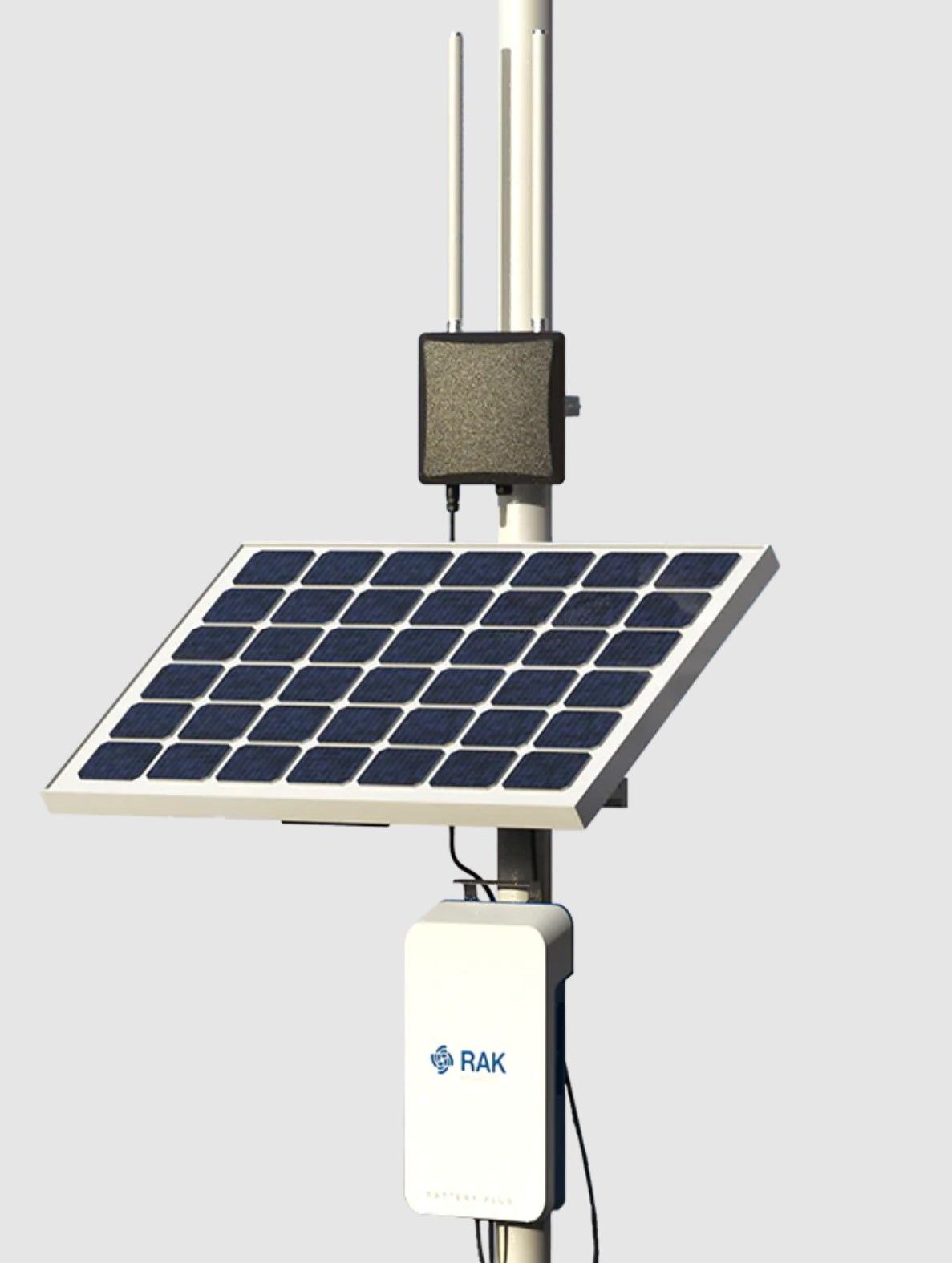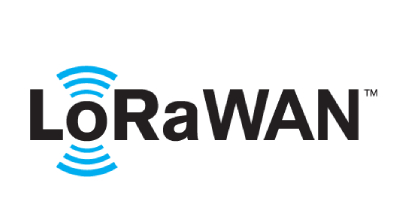
Maximizing Your LoRaWAN Network's Reach
Introduction to LoRaWAN
LoRaWAN, or Long Range Wide Area Network, is a wireless communication protocol designed for long-range, low-power, and low-data-rate Internet of Things (IoT) applications. It operates in the unlicensed spectrum, allowing for easy deployment and low cost of operation.
LoRaWAN is particularly well-suited for IoT applications that require low power consumption, such as sensors and other devices that are expected to operate for long periods of time on battery power. It is also ideal for applications that require long range communication, as it can transmit data over distances of up to 15 kilometers in urban environments and up to 50 kilometers in rural areas.
Some common use cases for LoRaWAN include building and facility management, agriculture, smart cities, and asset tracking. Its low-power and long-range capabilities make it an attractive choice for a wide range of applications where traditional wireless technologies may not be suitable.
Overall, LoRaWAN offers a reliable and cost-effective solution for IoT communication, making it an increasingly popular choice for a variety of industries.
LoRaWAN Antenna Basics
The selection of the right antenna is crucial for the proper operation of a LoRaWAN network. Antennas serve as the link between the device and the network, and the performance of the antenna can significantly impact the range and reliability of the communication.
There are several types of antennas that can be used with LoRaWAN, including omnidirectional, directional, and patch antennas. Omnidirectional antennas are generally the most commonly used, as they provide 360-degree coverage and are easy to install. Directional antennas, on the other hand, offer focused coverage in a specific direction, making them useful for targeted communication. Patch antennas are a type of directional antenna that offer a compact size and good performance in a small form factor.

When selecting a LoRaWAN antenna, there are several factors to consider. The most important of these is the operating frequency of the antenna, which should match the frequency band used by the LoRaWAN network. Other factors to consider include the antenna's gain, which determines its ability to focus the signal, and its polarization, which determines the orientation of the signal. The size and shape of the antenna can also be important, depending on the intended deployment location.
Overall, it is important to carefully consider all of these factors when selecting a LoRaWAN antenna to ensure optimal performance of the network.
Some additional considerations to keep in mind when selecting a LoRaWAN antenna include:
- Bandwidth: The bandwidth of the antenna should be sufficient to support the data rate requirements of the LoRaWAN network.
- Impedance: The antenna's impedance should match the impedance of the device it is being used with to maximize power transfer.
- VSWR: The antenna's voltage standing wave ratio (VSWR) should be as low as possible to minimize signal loss.
- Losses: The antenna should have minimal losses to ensure the highest possible signal strength.
- Connector: The antenna's connector should be compatible with the device it is being used with.
- Durability: The antenna should be able to withstand the environmental conditions of the intended deployment location.
Antenna Installation and Deployment
Proper installation and deployment of LoRaWAN antennas is crucial for optimal network performance. When installing and deploying LoRaWAN antennas, it is important to follow best practices to ensure that the antennas are positioned correctly and are able to provide the desired coverage.
One important factor to consider when positioning LoRaWAN antennas is line of sight. For the best performance, the antenna should have a clear line of sight to the devices it is communicating with. This means that obstacles such as buildings, trees, and other structures should be avoided as much as possible.
Distance is also a key factor to consider when positioning LoRaWAN antennas. The closer the antenna is to the devices it is communicating with, the stronger the signal will be. However, it is important to strike a balance between proximity and coverage, as placing the antenna too close to the devices may result in overloading the network.
The surrounding environment can also impact the performance of LoRaWAN antennas. Urban environments, for example, may have higher levels of interference and may require the use of multiple antennas or other techniques to ensure reliable communication. In contrast, rural environments may offer more favorable conditions for LoRaWAN communication, but it is still important to consider factors such as the presence of large structures or bodies of water that could impact the signal.
By carefully considering these factors and following best practices for installation and deployment, it is possible to optimize the performance of a LoRaWAN network.
Advanced LoRaWAN Antenna Techniques
For more advanced LoRaWAN networks, there are several techniques that can be used to improve the performance of the antennas and the overall network.
One such technique is the use of multiple antennas. By using multiple antennas, it is possible to improve coverage and redundancy within the network. For example, using a combination of omnidirectional and directional antennas can provide both broad coverage and focused communication in specific areas.
Directional antennas can also be used to target specific areas or devices for communication. By focusing the signal in a specific direction, it is possible to achieve longer range and more reliable communication with select devices.
Antenna diversity is another technique that can be used to improve the performance of a LoRaWAN network. This involves the use of multiple antennas with different characteristics, such as different frequencies or polarizations. By using antenna diversity, it is possible to mitigate interference and improve the reliability of the communication.
Overall, these advanced techniques can help to optimize the performance of a LoRaWAN network and ensure reliable communication over long distances.
Conclusion
LoRaWAN antennas play a critical role in the performance of a LoRaWAN network, serving as the link between the devices and the network. Proper selection and deployment of these antennas is crucial for optimal performance and reliable communication.
When selecting a LoRaWAN antenna, it is important to consider factors such as frequency, gain, polarization, size, and other characteristics to ensure that the antenna is well-suited to the specific needs of the application. Proper installation and deployment of the antenna is also crucial, as the position of the antenna can significantly impact its performance.
For advanced LoRaWAN networks, techniques such as the use of multiple antennas, directional antennas, and antenna diversity can help to optimize performance and improve reliability.
Overall, proper antenna selection and deployment are key to maximizing the reach and performance of a LoRaWAN network. With the right antenna, it is possible to achieve reliable, long-range communication for a wide range of IoT applications.



